A Sweetheart Diel That’s Better Than Chocolate
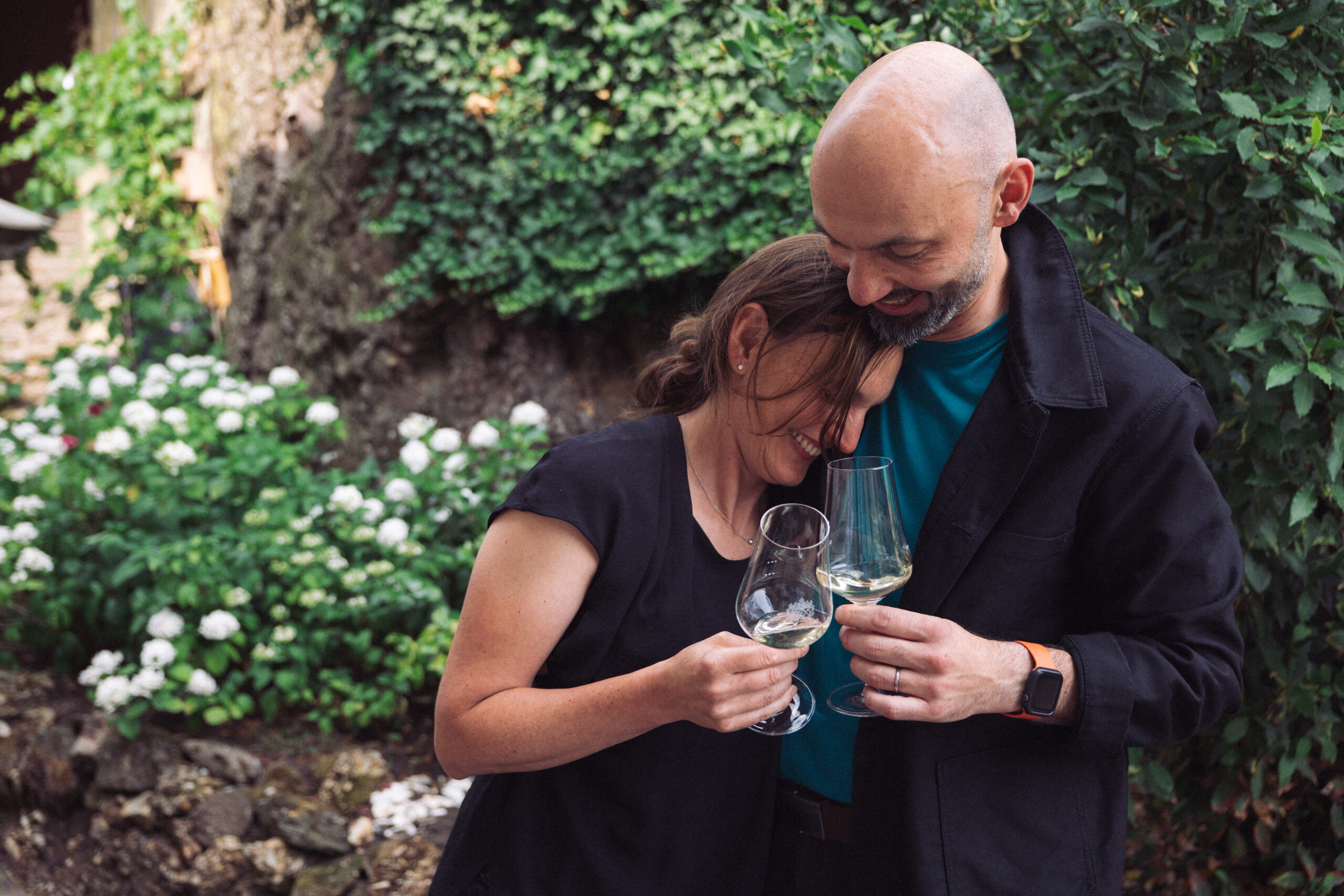
For Valentine’s Day, how a chocolate and wine pairing made for a meet-cute that is now writing a new wine narrative in the Nahe.

For Valentine’s Day, how a chocolate and wine pairing made for a meet-cute that is now writing a new wine narrative in the Nahe.
Writer, Editor, Publisher
Paula Redes Sidore moves smoothly between the worlds of wine and words. In 2012, she founded Weinstory, a creative content and translation agency dedicated to transposing the world of German-speaking wine into English. TRINK is the natural extension of that pursuit. She is the German and Austrian regional specialist for jancisrobinson.com and a member of the Circle of Wine Writers. Paula has a Masters degree in fiction writing, and her work has been featured in jr.com, Sevenfifty Daily, Feinschmecker, and Heated. She lives on the northern wall of wine growing with her family in Bonn, Germany.
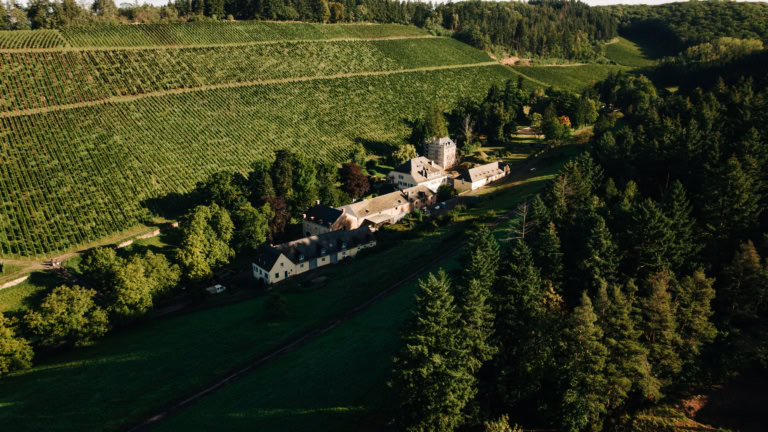
A new direction is taking shape at an ancient estate in the Ruwer.
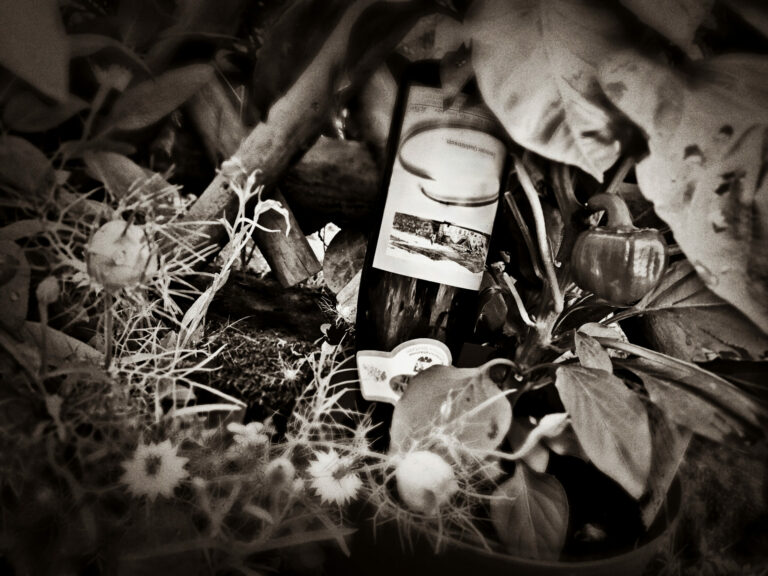
“Dry” describes what wine drinkers overwhelmingly profess to desire. And “trocken” can only appear on labels of German Rieslings with less than 10 grams of residual sugar. If one desires sweetness, there is no lack: Most of today’s Kabinetts are higher in sugar than were Auslesen of the 1980s. (Granted, the grapes were probably also higher in must weight.) Aesthetically as well as commercially, success in the realm of legal dryness—Trockenheit—as well as that of pronounced sweetness, can scarcely be denied. German Riesling growers have long since succeeded in proving that they too can render world-class dry wine, while simultaneously…...
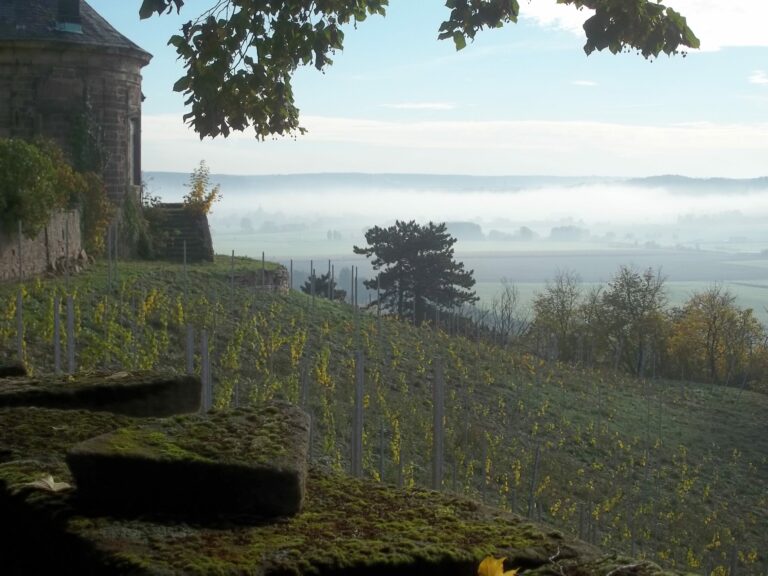
Trink Magazine | That viticulture is still possible in Germany's Saale-Unstrut in an age of climate crisis is due to the microclimate of the valleys and the perseverance of its growers.
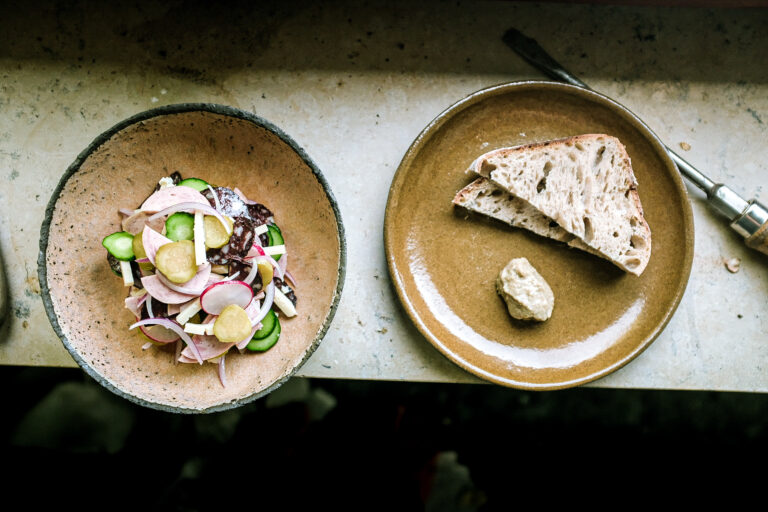
I felt lonely on the Internet the day I started researching the origins of Wurstsalat. I looked in far-flung corners of the web for sausage scholars who might have dedicated time to writing about the rules and methods of this intriguing dish. When I hit a wall, I did what any well-trained millennial would do and typed #wurstsalat into Instagram’s search bar. The things I saw there were either appetite-inducing or frightening, sometimes both at once. Lying in the cascade of pictures amidst German cowboys, balsamic glaze swirls, wedding celebrations, crinkle-cut fries, and loads of curly parsley was a possible answer: Wurstsalat is…...
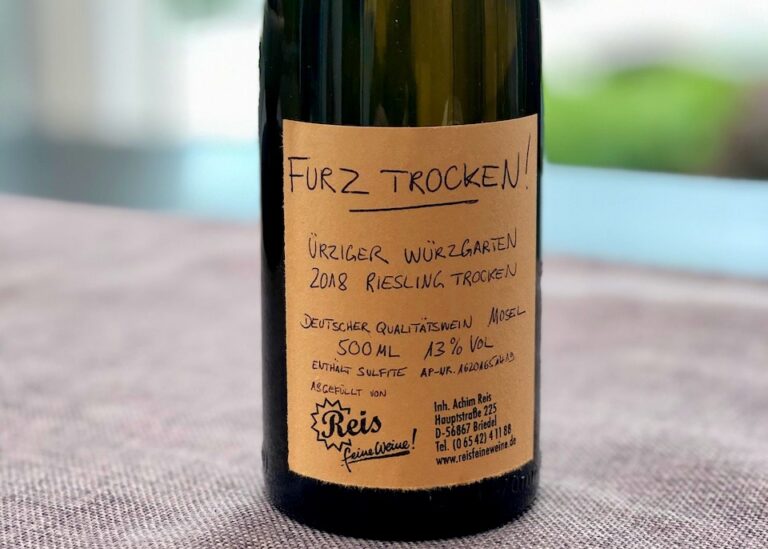
The dark wit of Berlin. Dangerously low water levels in the Rhine River. Black bread. Germany does trocken like few others. And then there’s the wine. Despite its reputation as the land of Blue Nun, more than 60 percent of the wines made in Germany are dry. And within that 60 percent, there are discernible levels of dry, drier, and driest. So dry, in fact, that there’s a strangely specific word for it. (Of course there’s a word. It’s Germany. There’s always a word.) Furztrocken. Fart Dry. Literally. As difficult to grasp as I find a term like feinherb, it’s Kinderspiel when compared to furztrocken. Then again, mindset…...
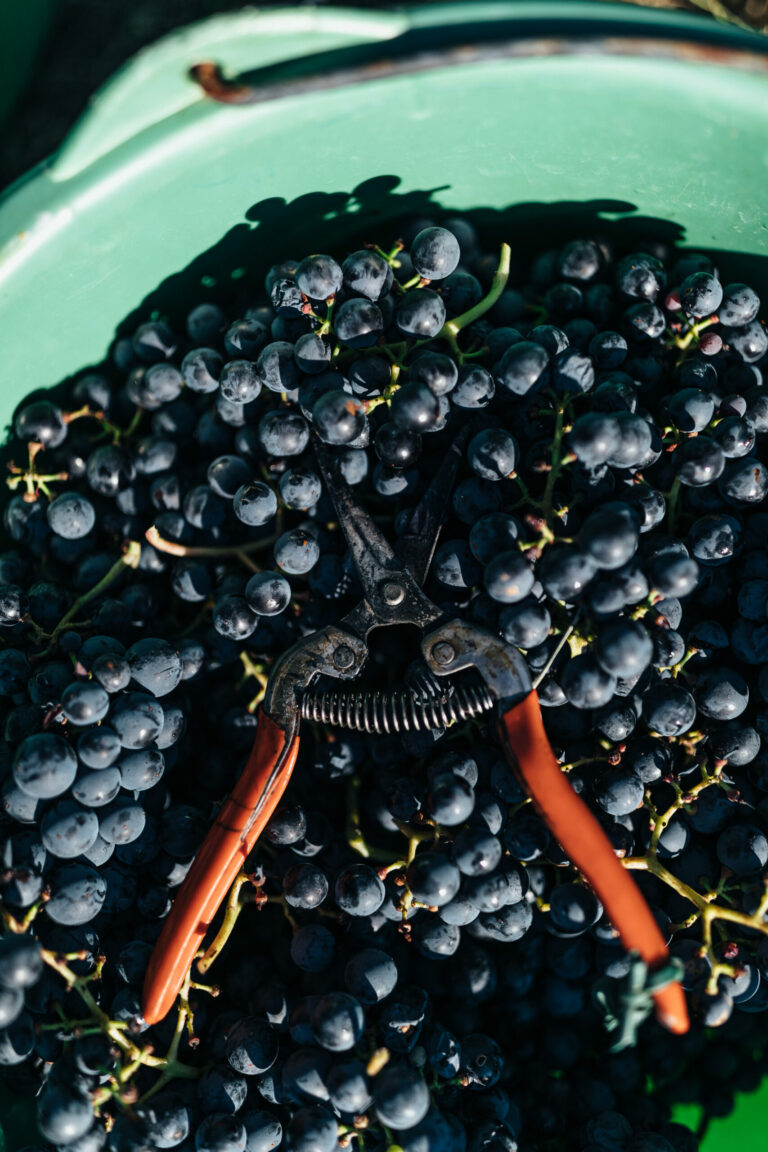
My first true Blaufränkisch moment came in 2013, at a now-shuttered restaurant in Hamburg. Thirty-six bottles from a swath of Austria’s appellations stood open for tasting, from classics like Prieler’s Goldberg 1995 to Marienthal from Ernst Triebaumer to Ried Point from Kolwentz. Those wines impressed me, as they had in the past, even as they failed to inspire me. This time, however, other wines had joined the lineup. The Spitzerberg of Muhr-van der Niepoort (today Weingut Dorli Muhr) , for example; the 2010 Reserve Pfarrgarten from Wachter-Wiesler; and the 2002 Lutzmannsburg Alte Reben from Moric. Suddenly, I was electrified. The wine in the glass was entirely unlike anything I…...
Enjoy unlimited access to TRINK! | Subscribe Today